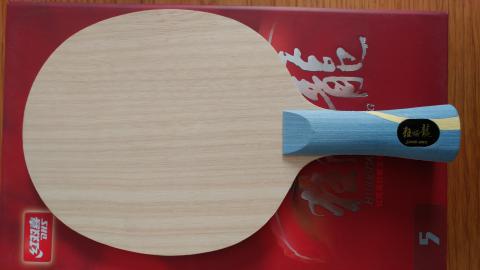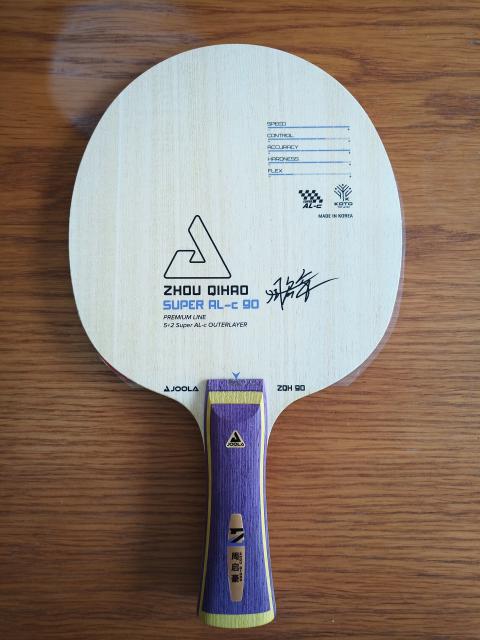Brett, to react on your theory:
Once read an article on training diversity, which proclaimed a mix of both correct and deliberate practice of "wrong" or at least other movements in order to teach the motoric muscle memory in both ways. This would improve the time it takes to learn the correct movement. To a certain extent I follow this principle, when I do robot training. I find this the perfect way to experiment with certain elements like backswing, forward swing, wrist movement, bat angle etc. I change one of these elements gradually during a drill, to find out what the impact is on the quality of the shot.
Some article here to explain the basics:
http://www.blogs.uni-mainz.de/fb02-sport/files/2014/05/tws_dtfussball.pdf
And another scientific one for the hardcore trainers
http://www.google.nl/url?sa=t&rct=j...9sQP_eDlvOnrWRGr9wYdBow&bvm=bv.90491159,d.cGU
Kudoos for the person who translates above article to table tennis specific drills....
 So in conclusion: YES.....If one was to practice ALSO every common mistake in a varied way, they would improve the overall stability of their stroke !
So in conclusion: YES.....If one was to practice ALSO every common mistake in a varied way, they would improve the overall stability of their stroke !
But somehow most people find this hard to belief.












